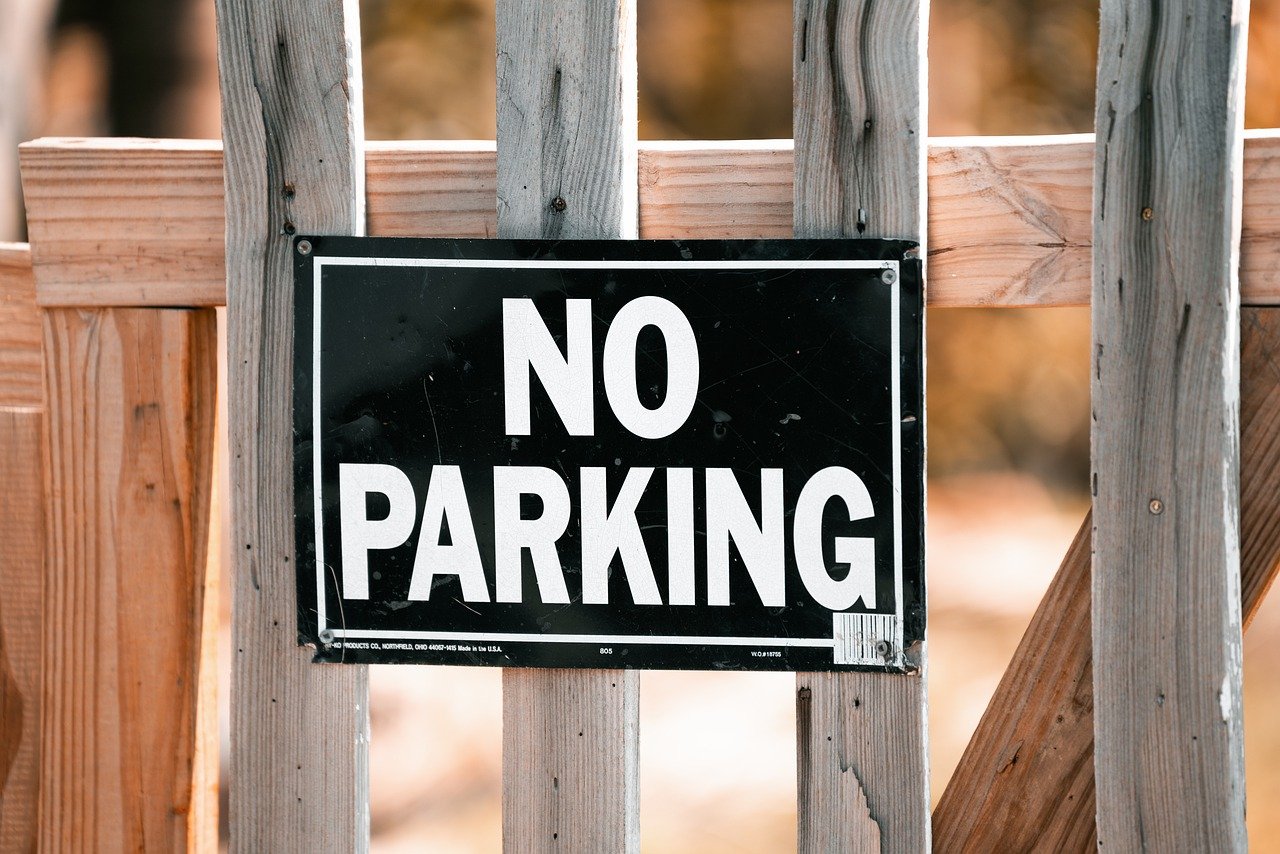You’re mistaken if you think parking rules are uniform throughout the EU. Even a colour mix-up can cost you dearly.
What applies in parking lots varies from place to place, even within Austria. It gets even more difficult if you don’t speak the language where a jumble of signs informs you about the local situation. This can quickly lead to severe penalties.
“There are definitely hefty fines for parking abroad: In Spain you can be fined up to 200 euros, in Hungary up to around 260 euros,” explains ÖAMTC travel expert Yvette Polasek. “Not only parking in an unauthorized place, but also without a ticket can be expensive. Therefore: be sure to inform on site and keep paid parking tickets even after the trip as proof of payment.”
If it does happen, however, there are discounts in some countries if you pay quickly within a certain period. In Spain, for example, only half the amount is due if the money is transferred within 20 days. In Italy, there is a discount within the first 30 days, but if you need more than 60 days, the amount doubles. This can also be forcibly collected in Austria.
Uniform rules don’t even exist for parking lanes. “In many countries, metered zones are marked with blue lines. But even here, there is a risk of confusion because in Switzerland, these lines are white, and in the Czech capital Prague they are purple (24 hours for residents) or orange (two hours for everyone),” Polasek knows. Yellow markings usually mean no stopping and no parking. But here, too, it pays to take a closer look: In the U.K., for example, a double yellow line means general no parking and no stopping, while a single yellow line means no parking and no stopping at certain times.
In the famous vacation country of Italy, you should look out for pink lines; these mark parking spaces for pregnant women and parents with children up to the age of two. White bars indicate a parking ban, and blue means “subject to charges.” In addition, vehicles may only be parked on the right-hand side of the road (except in one-way traffic lanes). Parking is prohibited in front of garbage cans.
In Croatia, the parking permit for people with disabilities only entitles the holder to park in parking spaces for people with disabilities. Unlike Austria, it does not exempt from fees and time restrictions in Croatian short-term parking zones.
The typical markings yellow for no parking, blue for paid parking and white for free parking also apply to the popular vacation destination of Greece. In addition, parking is prohibited on priority roads. “You should also look carefully at no-stopping signs in Greece: No-stopping signs with a vertical line apply on odd months, with two lines on even months,” says the mobility club expert.
A continuous yellow line also marks a stopping and parking ban in Spain. If the line is interrupted, it is only a parking ban. In addition, parking spaces reserved for residents are marked in green or orange.
In Norway, a solid white line signals a parking ban; in many other countries, this means free parking.
In Sweden, you cannot use colours as a guide. Avgift” signs indicate paid parking, and “P-skiva” means a parking disc is required. A special parking permit is required for signs with “Förhyrda platser” or “Boende.” Some Swedish cities also have “datumparkering” – meaning that in certain zones, on days with even dates, parking is only allowed on the side of the street with even house numbers, and vice versa.
- source: heute.at/picture: Bild von Ronald Plett auf Pixabay
This post has already been read 1832 times!



